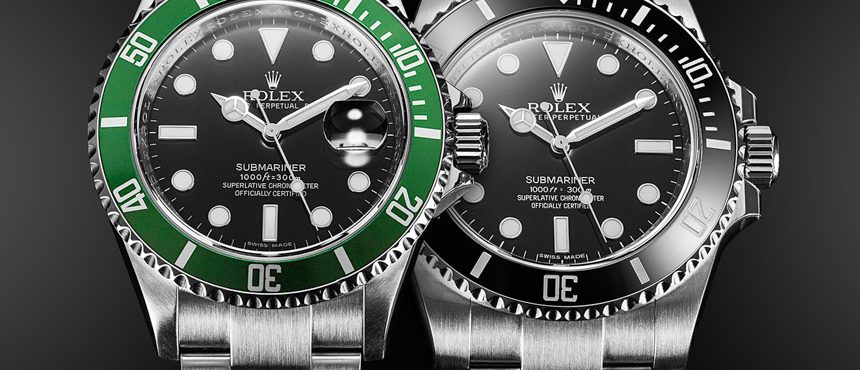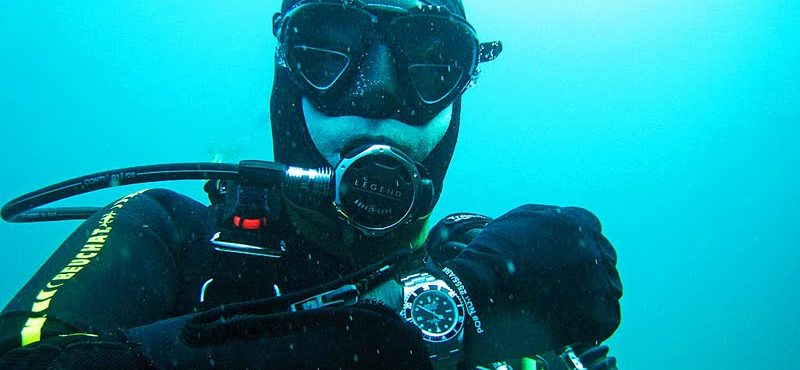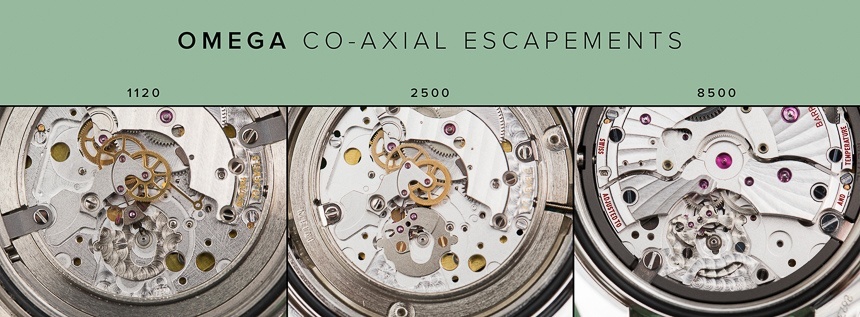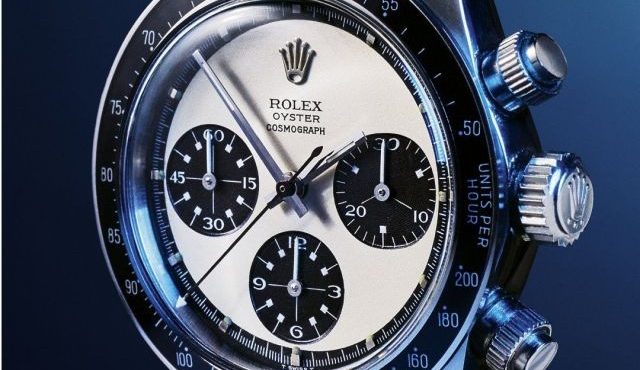In 1954, Rolex formally launched Submariner model 6204 at the Basel Spring Fair. The company claimed its new timepiece was water resistant and could withstand depths of 200 meters (or 660 feet): something no other watch company had been able to accomplish. This same model (as well as the 6205), which was a bit smaller than the first “experimental” 6200 model, was officially launched for sale to the general public.. Read More
The History Of Dive Watches
“More people have walked on the moon than have been to the deepest place in the ocean.” In 1926, Hans Wilsdorf, the founder of Rolex, filed a patent for an ‘oyster case’ in Britain. The components of the oyster case include a screw down crown, case back and bezel. When combined, it sealed the watch preventing water from penetrating into its insides. The original design was patented by Paul Perregaux and Georges.. Read More
Omega Co-Axial Escapement
Invented around 1974 and patented in 1980 by English watchmaker George Daniels the Co-axial escapement is a modification of the lever escapement. Considered by some to be one of the most significant horological advancements since the invention of the lever escapement, the co-axial escapement functions with a system of 3 pallets that separates the locking function from the impulse, avoiding the sliding friction of the lever escapement. This makes lubrication of the pallets unnecessary and thereby.. Read More
Rolex Daytona: The Most Collectable Watch in the World
Like wine, art, or other hard assets like diamonds, gold, and real estate, people sometimes refer to watches as “investments”, but it would be silly to view a watch, or a collection of watches, as a core component of your investment portfolio. Certain watches are known to hold their value extremely well—even appreciating in some cases. Interestingly, they’re almost all made by Rolex. One of the reasons for Rolex’s success.. Read More




